Yucca Plant
- October 30, 2023
- 0 comment
The Yucca plant, a fascinating and hardy succulent, is renowned for its striking appearance and diverse species. Native to arid regions of North and Central America, the Yucca is characterized by its sharp, sword-like leaves that shoot up from a central stem, creating a visually arresting rosette.
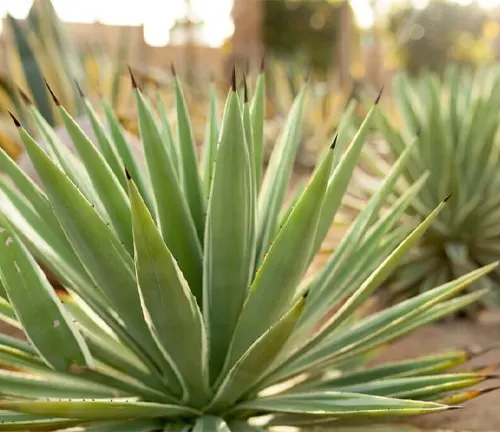
These plants have adapted to thrive in various landscapes, from deserts to coastal areas, and can withstand harsh environmental conditions, making them popular choices for both indoor and outdoor cultivation.
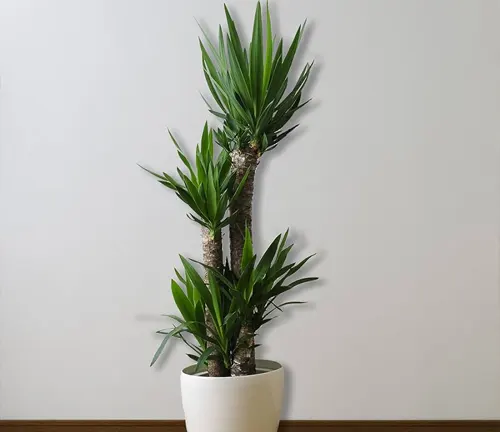
Yuccas produce tall spikes of bell-shaped, white or cream-colored flowers that add an elegant touch to their rugged aesthetic. Beyond their ornamental value, Yucca plants have historical and practical significance; their fibers have been traditionally used by Indigenous peoples for weaving, and the root of some Yucca species is a source of soap-like saponins. Whether enhancing the aesthetics of a garden or serving as a resilient houseplant, the Yucca’s unique combination of beauty and resilience makes it a beloved fixture in the world of horticulture.
| Characteristics | Description |
| Scientific Name | Yucca spp. |
| Family | Asparagaceae |
| Type | Succulent |
| Native Habitat | North and Central America |
| Foliage | Long, sword-like leaves |
| Leaf Color | Green or bluish-green |
| Height | Varies by species; typically between 1 to 3 feet (30 to 91 cm) for indoor varieties and up to 30 feet (9 meters) for outdoor varieties. |
| Flowers | Tall spikes of bell-shaped, white or cream-colored flowers |
| Bloom Time | Typically in spring or early summer |
| Light Requirements | Full sun to partial shade |
| Watering | Drought-tolerant; water sparingly, allowing the soil to dry out between waterings |
| Soil Type | Well-draining, sandy or rocky soil |
| Hardiness Zones | Varies by species; most Yuccas are hardy in USDA zones 5-11 |
| Maintenance | Low; occasional pruning of dead leaves or flower spikes |
| Uses | Ornamental landscaping, indoor houseplants, traditional uses in crafts and |
| Notable Varieties | Yucca filamentosa (Adam’s Needle), Yucca elephantipes (Spineless Yucca), Yucca gloriosa (Spanish Dagger) |
Botanical Beauty of “Yucca Plant”
In the realm of botanical wonders, the Yucca plant stands out as a striking emblem of resilience and elegance. This unique succulent, with its long, sword-like leaves and towering spires of bell-shaped flowers, captivates both the seasoned gardener and the casual observer. The Yucca’s aesthetic charm lies in its architectural form, making it a statement piece in any garden or as an indoor houseplant. But its allure goes beyond appearances, as the Yucca plant carries a rich history and ecological significance, making it a captivating subject for plant enthusiasts.
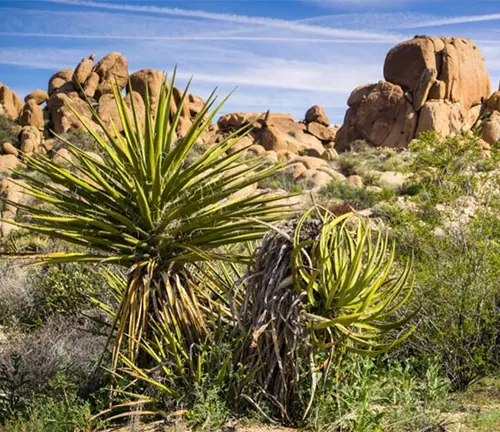
Woodland Elegance

While Yuccas are most often associated with arid landscapes and deserts, some species, like the Yucca filamentosa, thrive in woodland settings. This surprising adaptability allows Yuccas to bring an element of wild elegance to diverse environments. In woodland settings, Yuccas add a touch of grace with their low-growing rosettes of evergreen leaves, contrasting the towering trees around them. These woodland Yuccas, known as “Adam’s Needle,” serve as a reminder of nature’s artistry and the harmonious coexistence of different plant species.
Ecological Importance
Beyond their visual appeal, Yucca plants play a crucial ecological role. They form symbiotic relationships with yucca moths, which are the exclusive pollinators of Yucca flowers. This intricate mutualism demonstrates the interconnectedness of nature, highlighting how each plant and animal has a part to play in the web of life. The Yucca, with its intricate reproductive strategy, teaches us about the delicate balance that sustains ecosystems.
Cultivation and Conservation
Cultivating Yucca plants can be a rewarding endeavor. These hardy succulents require minimal maintenance, making them an excellent choice for both novice and experienced gardeners. However, as we appreciate their ornamental value, it’s also important to consider their conservation. Some Yucca species are endangered due to habitat destruction. By supporting ethical cultivation and conservation efforts, we can help protect these remarkable plants for future generations.
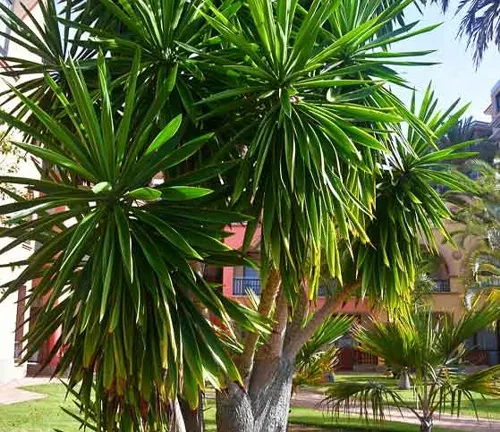
Fragrance
The Yucca’s beauty isn’t limited to its appearance; it also enchants with its fragrance. When Yucca flowers bloom, they release a sweet, heavenly scent that wafts through the air, attracting pollinators and delighting the senses. This aromatic gift from the Yucca adds another layer of wonder to its already captivating presence.
Soil Stabilization
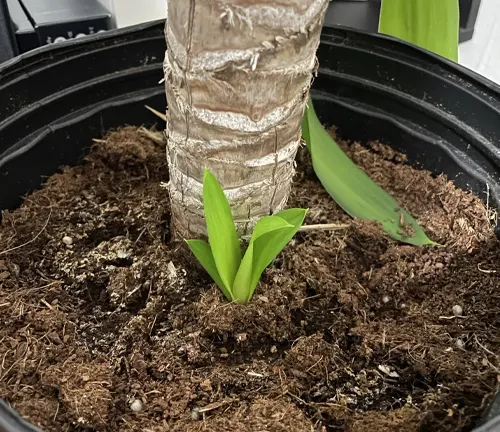
Yucca plants are not only admired for their looks and aroma; they also serve a practical purpose in nature. In arid regions, Yuccas play a vital role in soil stabilization. Their extensive root systems help prevent erosion, anchoring the soil and minimizing the impact of wind and water. This ability to combat soil erosion is a testament to the Yucca’s resilience and environmental significance.
Common Uses
Throughout history, Yucca plants have been more than just ornamental. Indigenous peoples have utilized Yucca fibers for weaving baskets, ropes, and mats. Some Yucca species have roots rich in saponins, which can be used as a natural soap or shampoo. Understanding these traditional uses enhances our appreciation of the Yucca’s cultural importance.
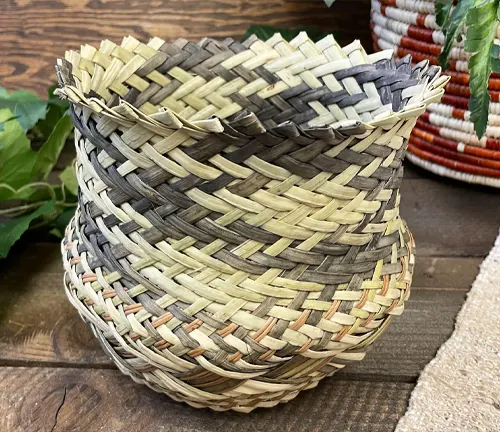
Benefits
Beyond their cultural significance, Yucca plants offer practical benefits today. Their low-maintenance requirements and air-purifying properties make them popular indoor houseplants. They’re also employed in xeriscaping, a landscaping method that conserves water and reduces the need for irrigation, making them eco-friendly choices for modern gardens.
Different Species

Yucca filamentosa
(Adam’s Needle)
This species is native to the southeastern United States and is known for its slender, spiky leaves and tall flower stalks. It’s a popular choice in landscaping due to its striking appearance.
Yucca brevifolia
(Joshua Tree)
These iconic Yucca trees are primarily found in the Mojave Desert of the southwestern United States. They are known for their distinctive, branching appearance and are an important part of desert ecosystems.


Yucca gloriosa
(Spanish Dagger)
Native to the southeastern United States, Yucca gloriosa is prized for its dramatic, rigid leaves and towering flower spikes. It’s commonly used in gardens and landscaping.
Yucca rostrata
(Beaked Yucca)
This Yucca species is recognized by its long, narrow, blue-green leaves with a sharp tip. It’s native to the Chihuahuan Desert and can withstand extreme arid conditions.
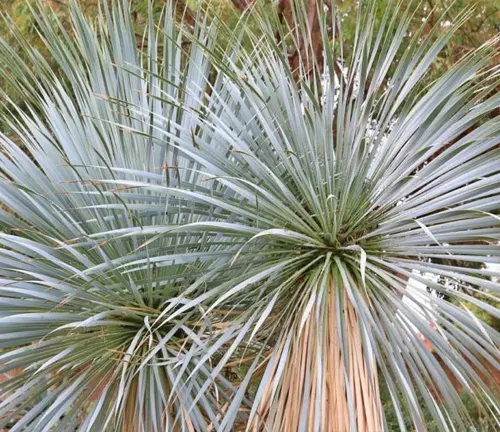

Yucca schidigera
(Mojave Yucca)
Found in the Mojave and Sonoran Deserts of North America, this Yucca is known for its tall flower stalks and has traditional medicinal uses among Native American communities.
Yucca elephantipes
(Spineless Yucca)
Unlike many other Yucca species, this one has softer, spineless leaves. It’s a popular choice as an indoor houseplant due to its adaptability and ease of care.
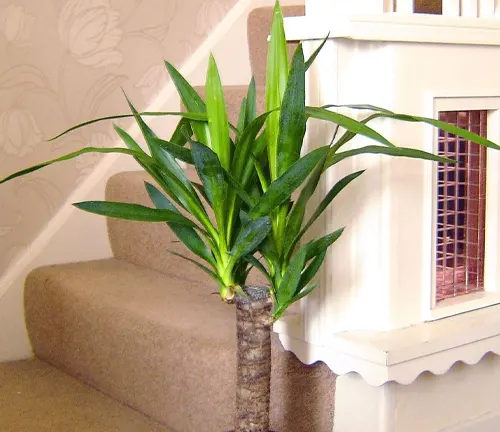
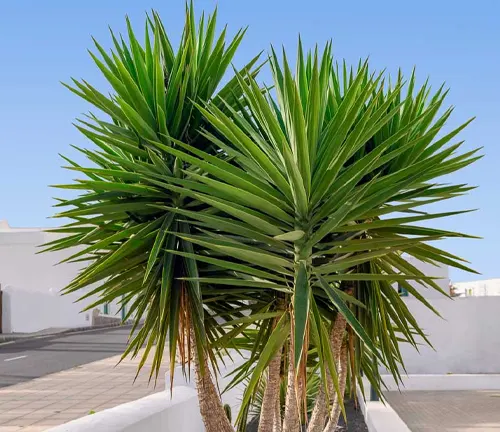
Yucca aloifolia
(Spanish Bayonet)
Native to the southeastern United States, this Yucca has sharp, dagger-like leaves and clusters of white flowers. It’s often used for ornamental purposes.
Yucca pallida
(Pale Yucca)
This species is found in Texas and northern Mexico, with slender, pale green leaves and creamy white flowers. It’s adapted to arid landscapes.
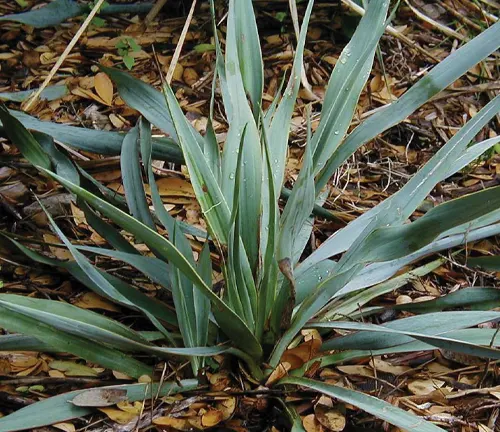
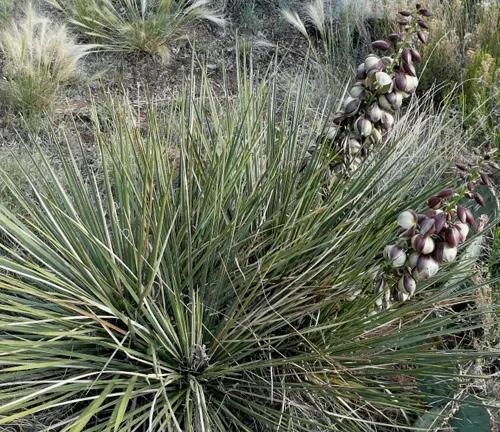
Yucca glauca
(Soapweed Yucca)
Native to the central and western United States, it’s known for its fibrous leaves that have been traditionally used for making soap and cordage.
Yucca treculeana
(Spanish Dagger or Don Quixote’s Lance)
This Yucca is native to northern Mexico and southern Texas and features long, flexible leaves and tall spikes of fragrant flowers.
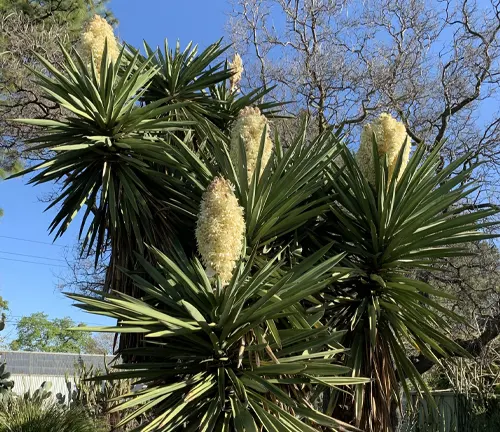
Frequently Asked Questions (FAQs)
- How do I care for a Yucca plant indoors?
Yucca plants thrive in bright, indirect sunlight and well-draining soil. Water sparingly and allow the soil to dry out between waterings. Prune dead or yellowing leaves as needed. - Can Yucca plants grow outdoors in cold climates?
Some Yucca species are hardy in cold climates, while others are better suited to warmer regions. It’s essential to choose a Yucca species appropriate for your local climate. - How often should I water my Yucca plant?
Yuccas are drought-tolerant and prefer to dry out between waterings. Water them sparingly, typically every 2-4 weeks, depending on the humidity and temperature of your environment. - Why are the leaves of my Yucca turning yellow or brown?
Yellowing or browning leaves can be a sign of overwatering or underwatering. Adjust your watering schedule and ensure the plant is in well-draining soil. - Do Yucca plants require fertilizer?
Yuccas generally don’t need frequent fertilization. You can feed them with a balanced, diluted, liquid fertilizer during the growing season (spring and summer) once every 4-6 weeks. - How can I propagate Yucca plants?
Yuccas can be propagated through offsets (pups) that grow at the base of the plant or by planting seeds. Offsets are the more common and straightforward method. - Are Yucca plants toxic to pets?
Yucca plants contain saponins, which can be toxic if ingested by pets. Keep Yuccas out of reach of animals and be cautious if you suspect your pet has consumed any part of the plant. - What are the typical pests and diseases that affect Yucca plants?
Common pests include scale insects, mealybugs, and spider mites. Yuccas can also be prone to root rot if overwatered. - When do Yucca plants bloom, and how can I encourage flowering?
Yucca plants typically bloom in late spring or early summer. Flowering may depend on the species and environmental conditions. To encourage blooming, ensure they receive adequate sunlight and follow proper care. - Can Yucca plants be used for landscaping in arid regions?
Yes, Yuccas are popular choices for xeriscaping and can thrive in arid landscapes. Their ability to withstand dry conditions and stabilize soil makes them valuable for landscaping in such regions.




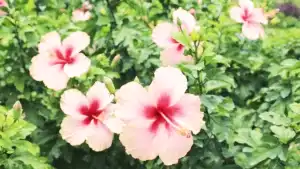

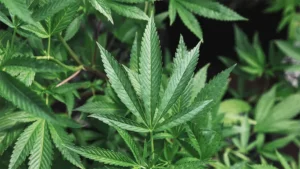

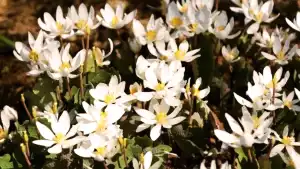

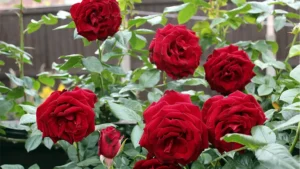

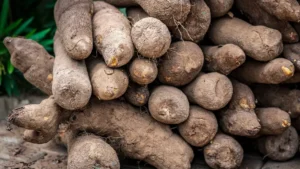
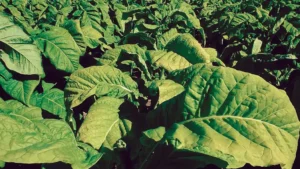
Leave your comment